
Subhead
Testing the Best Ways to Melt Snow and Warm Garden Soil
Albedo is a measure of how much light is reflected off a surface. Clean snow reflects most light. Wood ashes absorb the sunlight to melt the snow. A similar effect can be achieved with dry sand or dusty soil (especially with low organic content). Gather it dry in a 5 gallon bucket during warm season, set aside until needed. It will not change the pH like ashes do.
Silly question, once it warms up, doesn't it get cold again and kill the plants? Is this to get seeds in the ground and you keep it covered?
This is for starting those early seeds, things with seed packets that say they can be started "as soon as the soil can be worked". If the soil does not stay consistently warm enough, it may delay germination or even cause the seeds to rot. It is a gamble that could reward you with an early crop ...or not. Be sure to have extra seeds on hand just in case a second planting is needed later on.
If it's too early in the year, I would think so. I think there was something about that towards the end of the article where in a previous year, the soil was "workable" but still too cold for the peas. I think maybe waiting a day or so without anything on top of the soil and then taking the temperature again would work?
We used to put wood ashes on the icy patches in our driveway for traction, guess I know why now. Thanks for your experiment!! I can so understand trying to rush spring!
I have taken to starting my peas indoors. I can start 50 plants in a regular flat. they germinate better and once they are 4" high, can be planted outdoors. these plants can withstand a mild frost, but I usually place a light cover over them until they get established.
What temperature guage is in the picture?
- « Previous
- 1
- 2
- …
- 10
- Next »

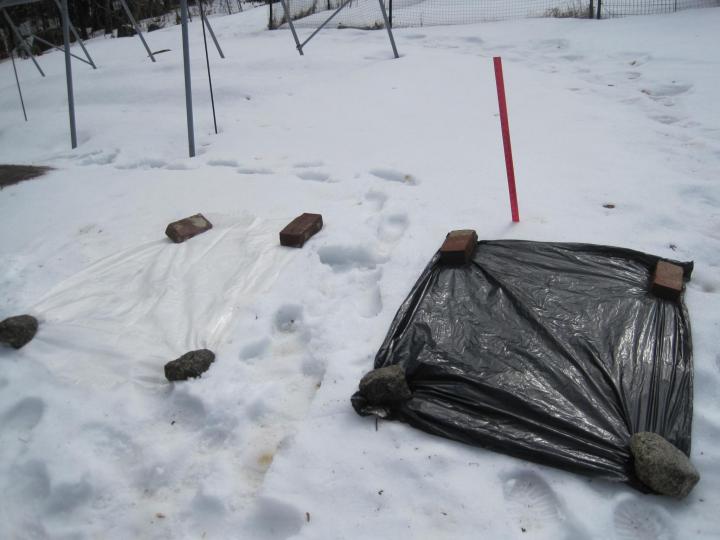

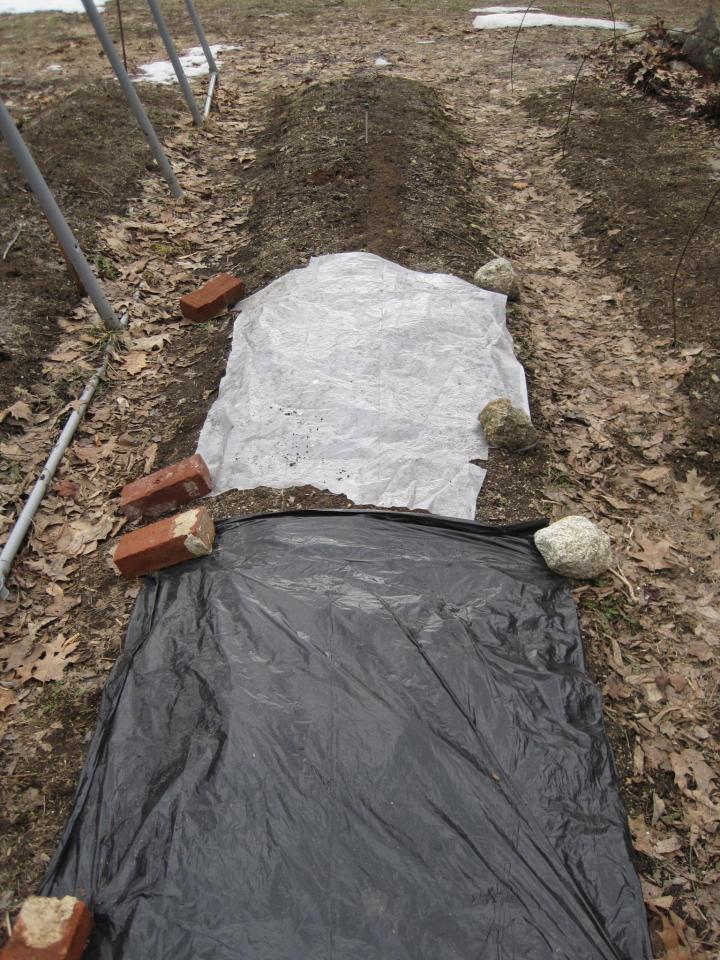
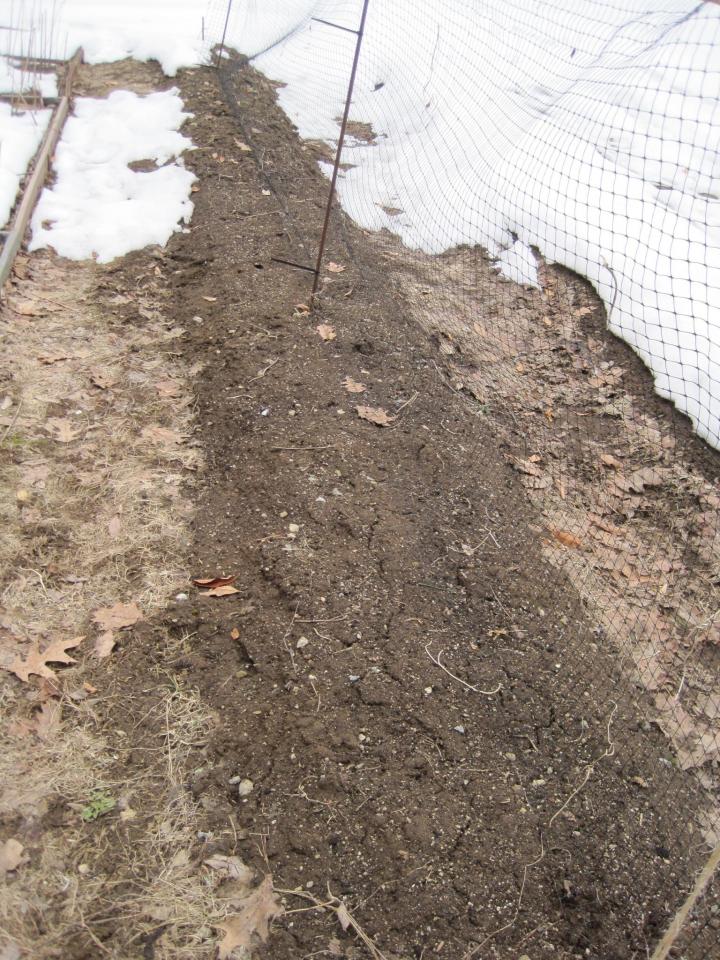
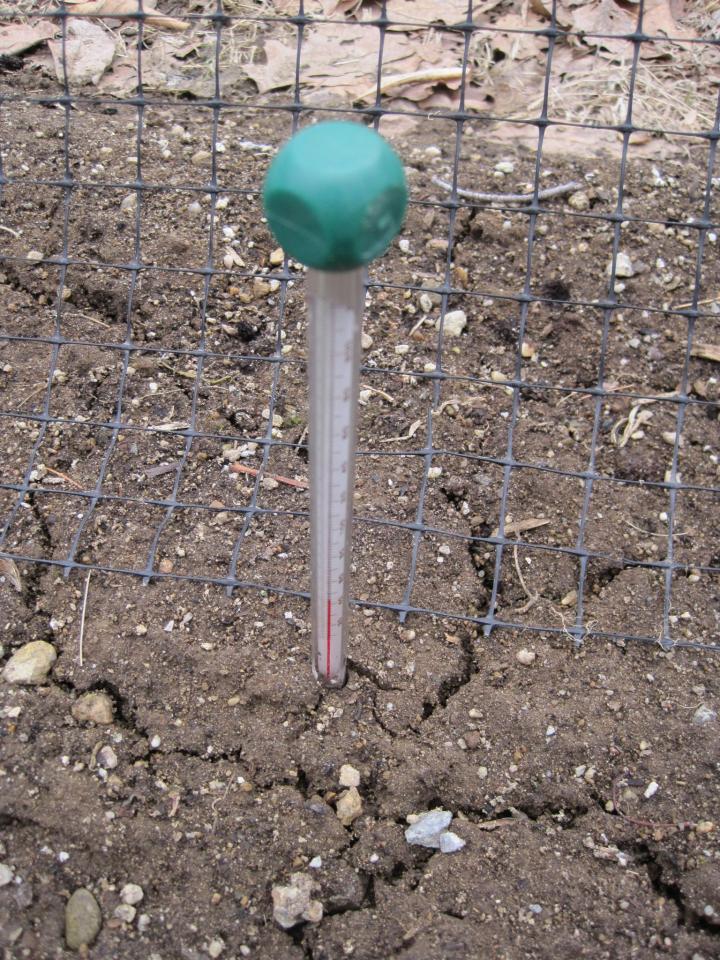
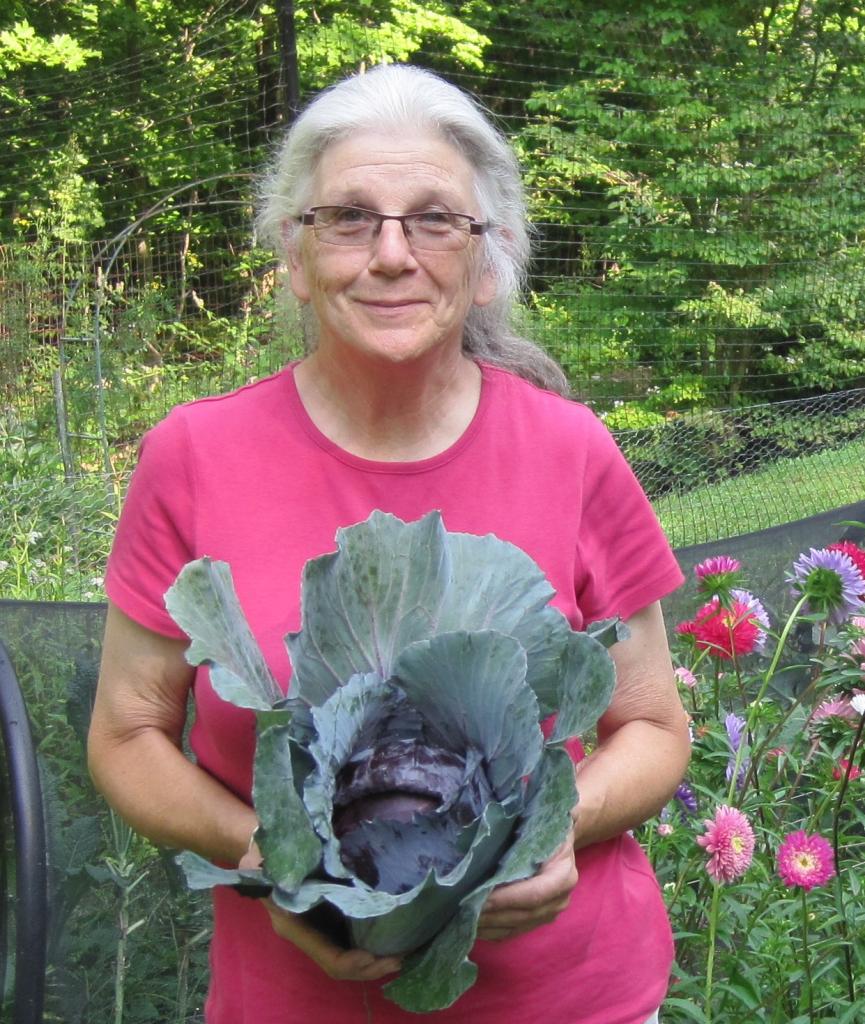








Comments